Blog, Fermentation Recipes, Recipe Box
Cherry Wine – One Gallon Recipe
Amber Shehan • August 13, 2017
The day I have been waiting for finally came…my local grocery store had bags of beautiful, sweet red cherries on sale! Normally $6.98/lb or so, the bags of beautiful scarlet globes were reduced by half for a limited time. I grabbed two bags, which gave me just around 4-5 pounds of cherries to play with….
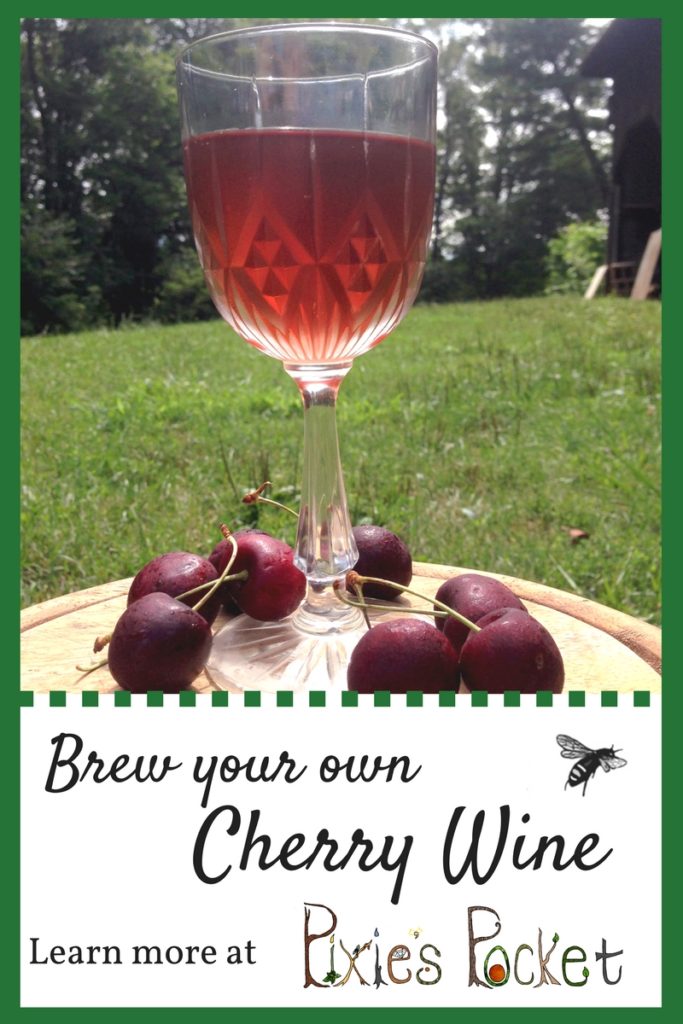
 The day I have been waiting for finally came…my local grocery store had bags of beautiful, sweet red cherries on sale! Normally $6.98/lb or so, the bags of beautiful scarlet globes were reduced by half for a limited time. I grabbed two bags, which gave me just around 4-5 pounds of cherries to play with.
The day I have been waiting for finally came…my local grocery store had bags of beautiful, sweet red cherries on sale! Normally $6.98/lb or so, the bags of beautiful scarlet globes were reduced by half for a limited time. I grabbed two bags, which gave me just around 4-5 pounds of cherries to play with.
Once I got them home, I emptied them into a large strainer and gave them a good rinse, and then brought outdoors to be sorted in the late evening sunshine. Stems were tossed on the ground, the soft and broken cherries were added to one bowl for cordial-making, and the nicest cherries were sorted into another bowl to make a lovely gallon jug of Cherry Wine!
If you are new to brewing, check out my guide to brewing meads and wines in one gallon batches!
Cherry Wine: One Gallon Batch
- 2-3 pounds of cherries, whole in a mesh bag
- 3-4 cups of sugar
- 2-3 slices of fresh ginger root
- small handful of raisins, chopped
- water (well water or non-chlorinated water preferred)
- 2 gallon brewing bucket
- yeast
At least 24 hours before brew day, pit and chop your cherries. Freeze the cherries and the juice. The ice crystals that form in the fruit pierce them, and they release a lot of juice when they thaw. When you are ready to use the cherries, pull them out and let them thaw. Pour them into a mesh bag, close it, and put it into a sanitized brew bucket.
Set about a half gallon of water to heat on the stove. Add the ginger slices and handful of chopped raisins. Once it boils for a few minutes, set it aside to cool.
Add the sugar to the water, stir until dissolved, and let it sit to cool down a bit while you tend to the cherries. Give the mesh bag of cherries a poke or two with a sanitized wooden spoon to release the bright red juice.
Carefully pour the hot water over the cherries, give it a good stir, and cover it with a cloth. Once the bucket is at body temperature, go ahead and pitch the yeast. Use a clean spoon to stir the yeast into the must and cover it again.
Stir the must every day for two or three days, and then strain it into a sanitized carboy. Because cherries are so thick, I used cheesecloth over the strainer to keep out the bits of fruit. Add a sanitized bung and airlock to the carboy and set it somewhere out of the sun to do its magic. It should bubble happily for a few weeks.
Once the bubbles are done, it’s ready for bottling! If you want it sweeter, you can add a cup of sugar syrup to a clean, sanitized carboy and rack the wine over onto that. Set it aside for another week or so to make sure it is stable before you bottle.
Lazy Brewing & Mistakes
Now, I have a confession. The recipe above is not exactly how my process went. I put the proper methods above for you to use, but as for me? When I was brewing, I got lazy and made a few mistakes and it could have meant the end of this wine! Here’s what I did wrong, and how I fixed it:
Preparing the cherries: So many mistakes were made here. I just put the cherries, whole, into an unsanitized mesh bag, put it in the brewing bucket and beat on them with unsanitized implements of destruction. Mashing was not fun nor effective, and cherry juice splatters far and it stains everything! That’s why the recipe says to pit the cherries, freeze them, and then use them, thawed. That produces way more juice than the mashing, but I was lazy.
Mold on my must: I ended up falling asleep on the couch and forgot to add the yeast to the bucket as soon as it came to room temperature, and by next evening, there was a few spots of white mold on the surface of the bright red liquid. I spooned out those spots and considered the options. I didn’t have any campden tablets or other common modern homebrew tricks on hand.
Rather than dumping the whole thing, I strained the wine into a large pot and brought it to a boil for a few minutes. After it had cooled off, the boiled must was poured into the sanitized carboy and topped off with cool water, and then I pitched the yeast.
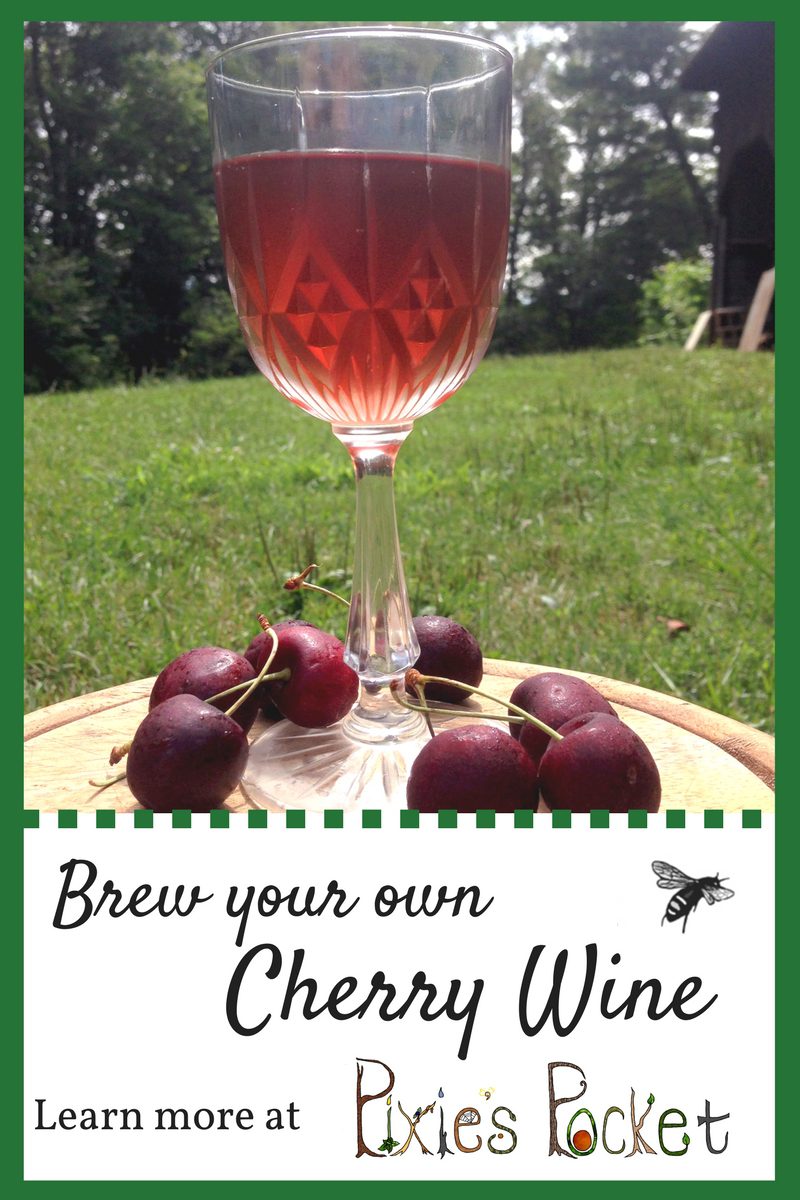
Get updates from Pixie's Pocket: brewing and herbs in your inbox:
Posted In Blog, Fermentation Recipes, Recipe Box
Tagged: brewing, cherries, diy, DIY projects, homebrew, recipe, recipes, recipes box, wine, yeast
Amber Shehan
Hi! I'm Amber Pixie, and this is my site. Enjoy the recipes, information, posts, and please feel free to message me if you have questions!


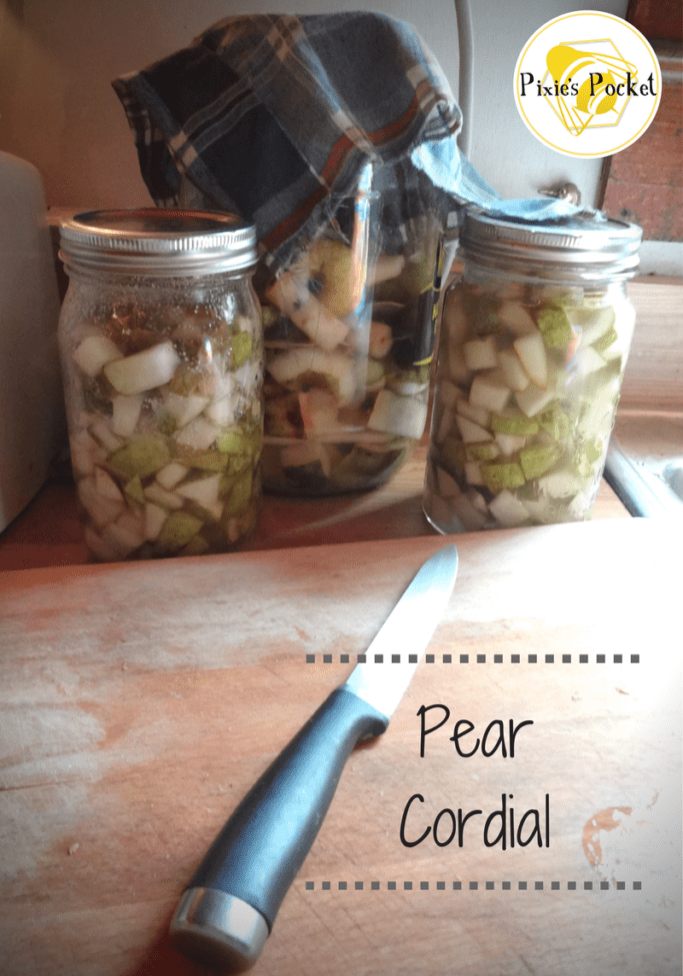
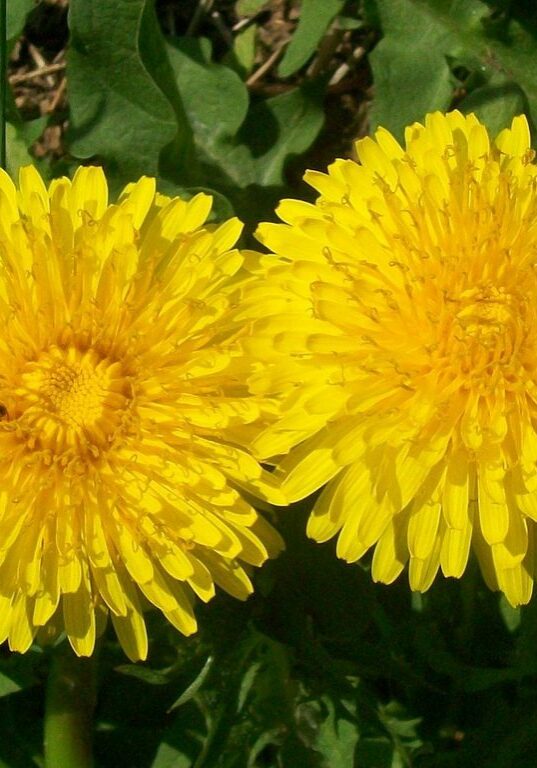
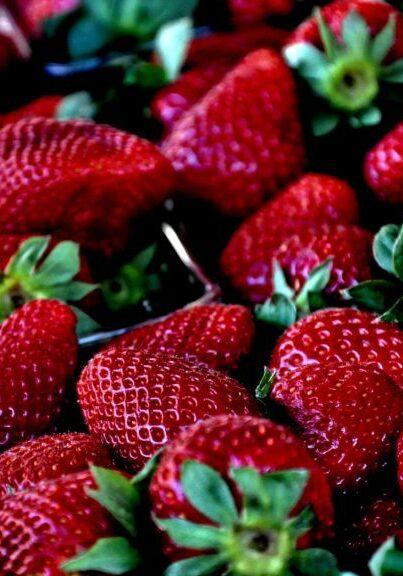
I know, without a doubt, you are the one to look to for fermentation ! You keep things easy. Even I can understand the directions. I can’t wait to make this. But I have to say, wow, the price for cherries where you live is really high ! I pay $1.99 a pound at most. I don’t do organic, etc. anything. Maybe you do and thats the reason. Anyway, thanks for being there and for being so patient and knowledgable. And nice, and fun ! Have a great weekend and I know your wine will be fantastic !
Thank you for saying that, Leatrice! 🙂 I hope you do make some, it’s totally worth the work! Now, these cherries aren’t organic, but I’m in the North Carolina mountains. I’m not sure wherefrom these cherries traveled! I got a tip from a Facebook reader that there’s cherries in my area right now for $1.99/lb and so I’m going to go find those!!
The price of cherries in Vancouver, BC I’ve seen $11/lb .. crazy! .. that converts today to about $8.64 USD .. still crazy. .. Thanks for your posts Amber! I love that you talk about your mistakes. This is all good to know
Yikes, Kiannaa! That’s really expensive for cherries!
We all make mistakes, and if sharing my messes can help someone else to avoid it, it’s worth the telling! 🙂 We all start somewhere. Thank you for your comment, and for reading! <3
Ooh this sounds a good cherry wine recipe. The addition of ginger to it sounds great!
Last time I did just cherries without any grape concentrate I ruined the batch. I really should give it another go!
Thanks for sharing another great recipe!
Thanks, Emma! I have never tried using grape concentrate in wines, myself. I want to try that, as I love sweet grape wine! Do you have a recipe or guide for that technique?
I do! I used the stuff in a can not the juice from the grocery store. I will email you a recipe or two. I wrote a post about a cherry wine with burgundy grape concentrate a couple of years ago!
Oh, awesome! You can post the links here, too! I’m happy to share recipes written by others. 😀
Hi. I know this may sound crazy but I can’t get brewers wine,onlying bread yeast,or a ‘fermento ‘ basically,bicarb. So,can I use these or add something different? I have peach, cherry and strawberry in abundance,and really don’t have freezer space,and I LOVE wine. Any help or suggestions would be appreciated. Thankyou.
I have totally used bread yeast to good effect, but it will eat every bit of sugar it can. It’s a hungry yeast! You’ll end up with a dry wine, likely. But that’s ok – if you want it sweeter, you can always add ginger ale when you serve it, or use a simple syrup to sweeten it up. Good luck, and cheers!
I love your recipes and will be trying my first batch of mead this week. I’m wondering about the cherries in mead. my next batch. Anyway, instead of the sugar, how much of the honey would be called for. I’m enjoying your site a great deal. You will become my best go to for just about everything. Love the way you explain stuff Thanks so much for these recipes. I will be making wine and mead for Christmas this year. Yummy
Thank you for your kind words, and sorry for my delay in responding, Carol! To make this into a mead, use 4 cups (3 lbs) of honey instead of the sugar. That should do the trick! <3 Cheers, and enjoy!
I am a beginner wine maker & was reading about the other lady wanted to make mead & how much honey instead of sugar but how much mead is she trying to make???
Since the original recipe is for a one-gallon batch, I assumed that’s what they were making! 🙂
Hi Amber, First time brewer here. I have tried 4 hard ciders (3 currently bubbling) and I’ve been using Red Star Premier Blanc Active Dry Yeast because it seemed to have the best reviews. However, I’m thinking the ciders are too fizzy(?) for lack of a better term. Any suggestions on that? Maybe they’d mellow out after time? Next question is what yeast did you use for the Cherry wine? Thank you for sharing your recipes in an easy to understand format.
Hi Laurie! I’m relatively new to cider brewing, but I have noticed that the Red Star Blanc leaves very dry, fizzy brews, even with meads or wines! I enjoy using Ale yeast (lower alcohol content, more residual sugars!) or Lalvin 71-b for ciders as they leave a good apple flavor and a bit of sweetness, in my experience. 🙂 The ciders might mellow over time…how long has it been fermenting before you taste it?
I think I just used bread yeast for the cherry wine, which works in a pinch but can also leave you with very dry brew. Lalvin D-47 is becoming my go-to for meads and wines. I hope that helps! Cheers!
I have this wine in process, ready to bottle, although I used my sour cherries instead. I’m curious to know when, after bottling, will this be ready to consume. I’m guessing 6-8 months. I’m excited to try this. Thanks so much.
Cheers, Adrienne! I hope it will be lovely. I start opening my bottles after a few months but yes, the longer, the better. 🙂
10 points extra for the “Lazy Brewing & Mistakes” section